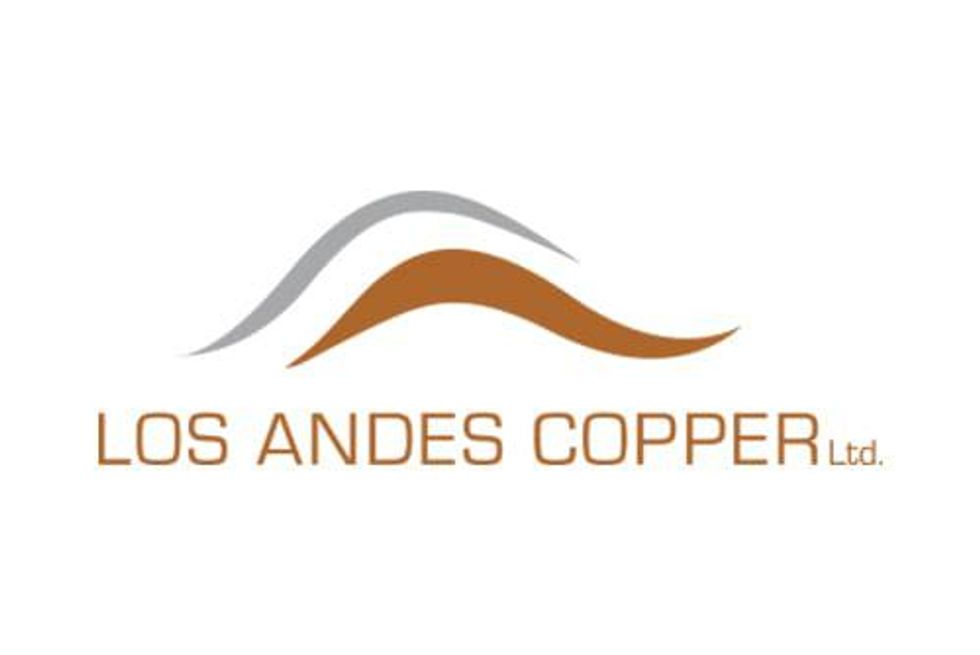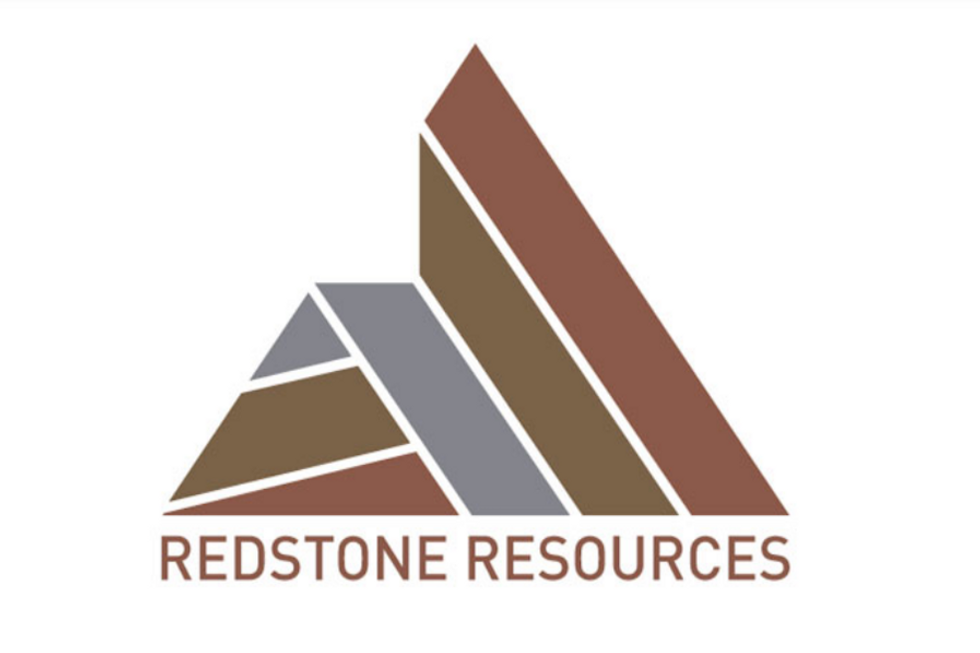Top 5 Copper Reserves by Country (Updated 2024)
Which country holds the most copper reserves in the world? Chile, Peru, Australia, the DRC and Russia take the five top spots.

Copper has become a hot topic due to its role in the green energy transition and its necessity for urbanization. However, the lack of incoming supply in the long term has experts concerned.
The term “peak copper” was coined because some experts believe that copper reserves may be diminishing; as a result, it’s prudent to know the top copper reserves by country when considering investing in the mining industry.
The Copper Development Association pegs current known worldwide copper ore resources at nearly 5.8 trillion pounds, of which only about 0.7 trillion pounds, or 12 percent, have been mined throughout history. Plus, nearly all of that mined copper is still in circulation, as the red metal’s recycling rate is higher than that of any other engineering metal.
With that in mind, which countries hold the largest copper reserves?
Top 5 copper reserves by country
According to the most recent data from the US Geological Survey, the countries with the largest copper coffers are Chile, Peru, Australia, the Democratic Republic of Congo (DRC) and Russia. Read on to learn more about these copper kingpins.
1. Chile
Copper reserves: 190 million metric tons
Chile has the largest copper reserves of any country by far, with 190 million metric tons (MT) as of 2023. Chile’s reserves guarantee copper production for roughly the next 100 years at the current extraction rate.
Chile is also the world’s largest copper producer, having produced some 5 million MT of copper from mines in 2023. BHP’s (ASX:BHP,LSE:BHP,NYSE:BHP) Escondida is the largest copper-producing mine in the world, and supply disruptions at the site — for example, due to wage negotiations — can also affect copper prices.
Copper plays a significant role in the Chilean economy, with an estimated 20 percent of the nation’s gross domestic product attributed to copper production. While elevated prices in recent years were a boon for the country, economic and real estate troubles in China, a major importer of Chilean copper, have impacted the Latin American country.
2. Peru
Copper reserves: 120 million metric tons
Peru holds 120 million metric tons, or 12 percent, of the world’s copper reserves. In 2023, the country maintained its position as the second largest producer (tied with the DRC), with national copper output of 2.6 million MT.
Peru’s largest copper reserves can be found at the Antamina, Toquepala, Cerro Verde, Cuajone and Tintaya mines. Antamina mine is Peru's largest copper mine, and it's operated by Antamina, a joint venture owned by BHP, Glencore (LSE:GLEN,OTC Pink:GLNCF), Teck Resources (TSX:TECK.A,TSX:TECK.B,NYSE:TECK) and Mitsubishi (TSE:8058).
Southern Copper (NYSE:SCCO) operates the Toquepala and Cuajone mines, Freeport-McMoRan (NYSE:FCX) operates Cerro Verde in Arequipa and Glencore operates the Tintaya mine.
3. Australia
Copper reserves: 100 million metric tons
At 100 million metric tons, Australia has the third largest copper reserves, housing around 10 percent of global reserves. However, its output is much lower than the top two countries, with 810,000 MT mined in 2023.
According to the Australian government, the nation’s copper resources are largely concentrated at the Olympic Dam copper-uranium-gold deposit in South Australia and at the Mount Isa copper-lead-zinc deposit in Queensland.
Other important copper resources in the country are at the Northparkes copper-gold, CSA copper-lead-zinc and Girilambone copper deposits in New South Wales; the Ernest Henry, Osborne and Mammoth copper and copper-gold deposits at Selwyn in Queensland; the copper-zinc deposits at Golden Grove; and the Nifty copper deposit in Western Australia.
4. Democratic Republic of Congo
Copper reserves: 80 million metric tons
The DRC has seen its copper reserves increase dramatically in recent years, and it tied with Russia as of 2023 with 80 million metric tons. One major copper asset in the DRC is Ivanhoe Mines’ (TSX:IVN,OTCQX:IVPAF) Kamoa-Kakula project, a joint venture the company shares with partner Zijin Mining Group (OTC Pink:ZIJMY,SHA:601899).
As more projects are developed, the DRC is on track to eclipse Peru for the number two spot in copper production. In 2023, production in the African country reached 2.5 million MT.
4. Russia
Copper reserves: 80 million metric tons
Russia's copper reserves total 80 million metric tons, tying it with the DRC. However, its 2024 production was low, coming in at just 910,000 MT. Though it isn’t particularly known for its copper production, Russia’s status in terms of copper reserves makes it a top global competitor.
One of the biggest copper operations in Russia is the Udokan deposit in Siberia, which is currently owned by Udokan Copper, previously named Baikal Mining Company. The deposit made headlines a few years back when it was revealed that the company was looking to raise US$1.25 billion to develop a mining and metallurgical plant at the project. The company successfully launched copper concentrate production at the new plant in September 2023.
Don’t forget to follow us @INN_Resource for real-time news updates!
Securities Disclosure: I, Melissa Pistilli, hold no direct investment interest in any company mentioned in this article.






